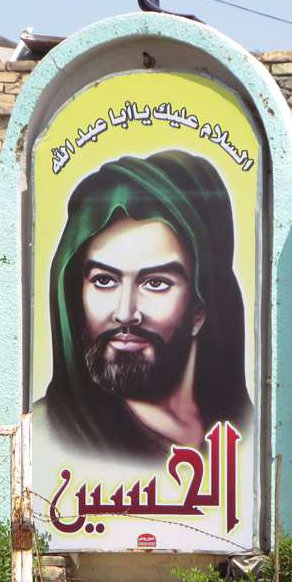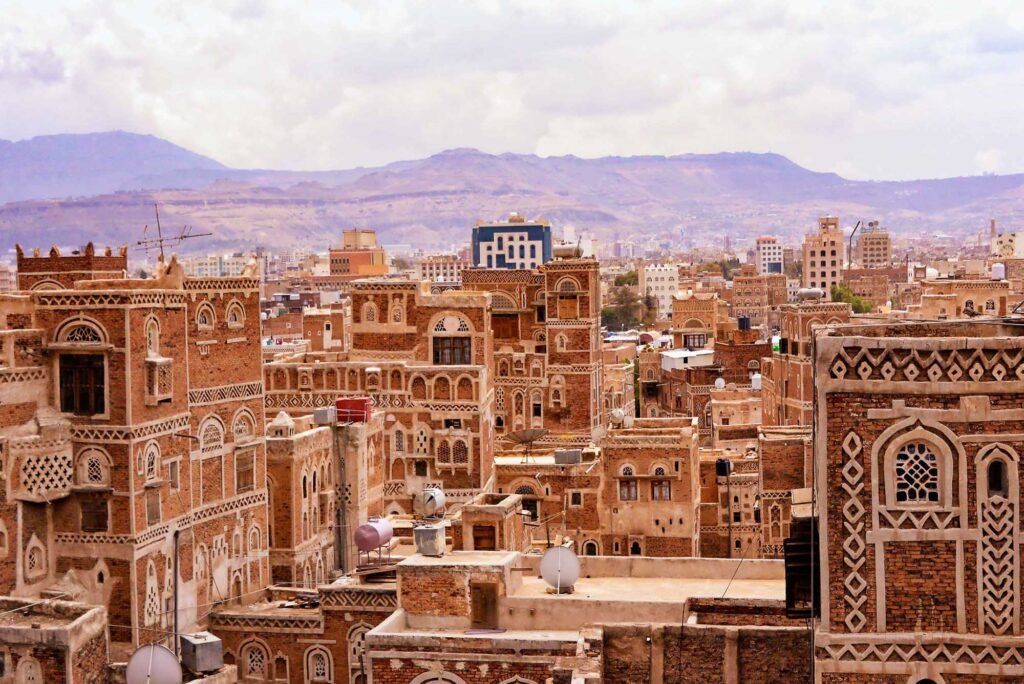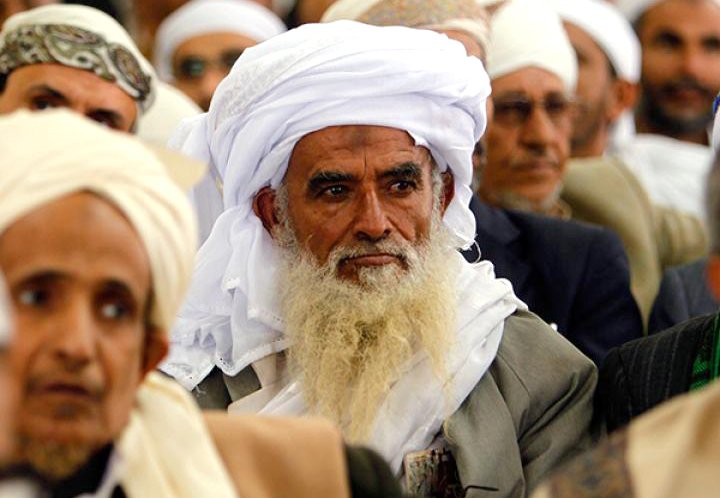The Islamic world is a complex mosaic of beliefs and practices, with numerous sects and subsects. Among these, the Zaidi sect of Shia Islam, also known as the Fivers, holds a significant position. Primarily located in Yemen, this faction provides a unique insight into the diversity and complexity of Islamic beliefs. But who are the Zaidi?
The Historical Roots of the Zaidi Sect
The Zaidi sect is named after Zaid ibn Ali, the grandson of Husayn ibn Ali. This lineage links the Zaidis to the Prophet Muhammad through his daughter Fatima, establishing their place within the Shia branch of Islam. The Zaidis are often referred to as “Fivers” as they recognize the first four Imams similarly to the Twelver Shias, with Zaid ibn Ali as the fifth.
The emergence of the Zaidi sect can be linked to the tragic events surrounding the martyrdom of Imam Hussein. He was the grandson of the Prophet Muhammad, who died at the Battle of Karbala in 680 CE. After his death, the leadership of the Shia community fell to his son Ali Zayn al-Abidin, who played a pivotal role in preserving the teachings of his family. Zaid ibn Ali, born to Imam Ali Zayn al-Abidin, later took a stand against the ruling Umayyad Caliphate.

Zaid ibn Ali’s uprising in 740 CE, known as the Zaidi Revolt, was a response to the oppressive and tyrannical rule of the Umayyads. Zaid sought justice for the Ahl al-Bayt (the family of the Prophet Muhammad) and called for the establishment of an Islamic government based on justice and equity. Although the uprising was ultimately unsuccessful, it laid the groundwork for the development of the Zaidi sect as a distinct branch of Shia Islam.
One significant historical development for the Zaidis occurred in the 10th century when they established a semi-autonomous state in northern Yemen, known as the Sulayhid state. This marked a period of relative stability and cultural flourishing for the Zaidi community, as they were able to govern themselves according to their religious principles. The Sulayhid state, led by the powerful queen Arwa al-Sulayhi, became a center of learning and patronage of the arts.
However, as with many regions in the Islamic world, the political landscape of Yemen experienced shifts over the centuries. External invasions and internal conflicts, including struggles between different Islamic dynasties, impacted the Zaidi community. Despite these challenges, the Zaidi imamate persisted, and Zaidism maintained its distinct identity within the larger Islamic context.
In the modern era, particularly in the 20th and 21st centuries, the Zaidi community in Yemen has faced new challenges, including political instability, regional conflicts, and sectarian tensions. The Zaidi imamate officially came to an end in 1962 with the establishment of the Yemen Arab Republic, marking a shift in the political dynamics of the region. Nevertheless, Zaidism continues to be a significant religious and cultural force in Yemen, influencing the country’s social fabric and political discourse.

The Zaidi Belief System: A Unique Perspective on Shia Islam
The Zaidis are part of the Shia branch of Islam, but they hold certain views that differentiate them from other Shia sects. For instance, they are often said to bear more similarities to Sunni than to Shia Islam. Here are some of their distinctive characteristics.
Understanding Allah in Zaidi Islam
The Zaidis have a unique perspective on the nature of God, which forms the foundation of their belief system. The Zaidis acknowledge the conventional 99 attributes of Allah in Islam, a common framework in Sunni and Shia traditions, yet they emphasize that Allah transcends these attributes. This emphasis reflects a profound commitment to monotheism, asserting that Allah is beyond human comprehension and categorization.
The Role of the Imamate
A central tenet of Zaidi belief is the concept of the Imamate. For Zaidis, the Imam is not only a spiritual guide but should also bear political acumen. This perspective is markedly different from some other Shia sects, which may view the Imam primarily as a spiritual figure. The Zaidis believe that the Imam should be a descendant of Ali and Fatima and should be capable of protecting and guiding the community in both religious and political matters. They reject the doctrine of the Hidden Imam and the return of the Mahdi, making them unique among Shia sects.
Infallibility and Leadership
Zaidis believe in an ethical and legal obligation to rise up against unjust leaders, including unrighteous sultans and caliphs. This principle is a direct reflection of their belief in a politically active Imamate.
Infallibility is a contested concept within Zaidism. Some Zaidis believe in the infallibility of the Imams, specifically the members of the cloak, asserting that they do not err in judgment when it comes to matters of religion.
At the heart of Zaidi belief is the idea of active leadership, both in a spiritual and political sense. It is this belief that has shaped their approach to religious and political issues. That idea would become crucial in the recent developments in Yemen.

The Zaidi Community Today
Today, the Zaidi community forms a significant part of the population in Yemen. They continue to play a crucial role in the socio-political landscape of the country. While some Zaidis are associated with the Houthi movement, it’s important to note that not all Zaidis are Houthis. The Zaidi community is diverse, with a range of beliefs and practices.
Houthi Association
While not all Zaidis are Houthis, the Houthi movement, which originated in the early 2000s, has been a focal point of attention. The movement, led by individuals from the Zaidi community, has played a central role in Yemen’s recent history, with implications extending beyond religious realms to political and military spheres. This association has led to perceptions that conflate the entire Zaidi community with the Houthi movement, emphasizing the need to recognize the diversity within the Zaidi population.
For more information about the Houthis, click on the article below.




Leave a Reply